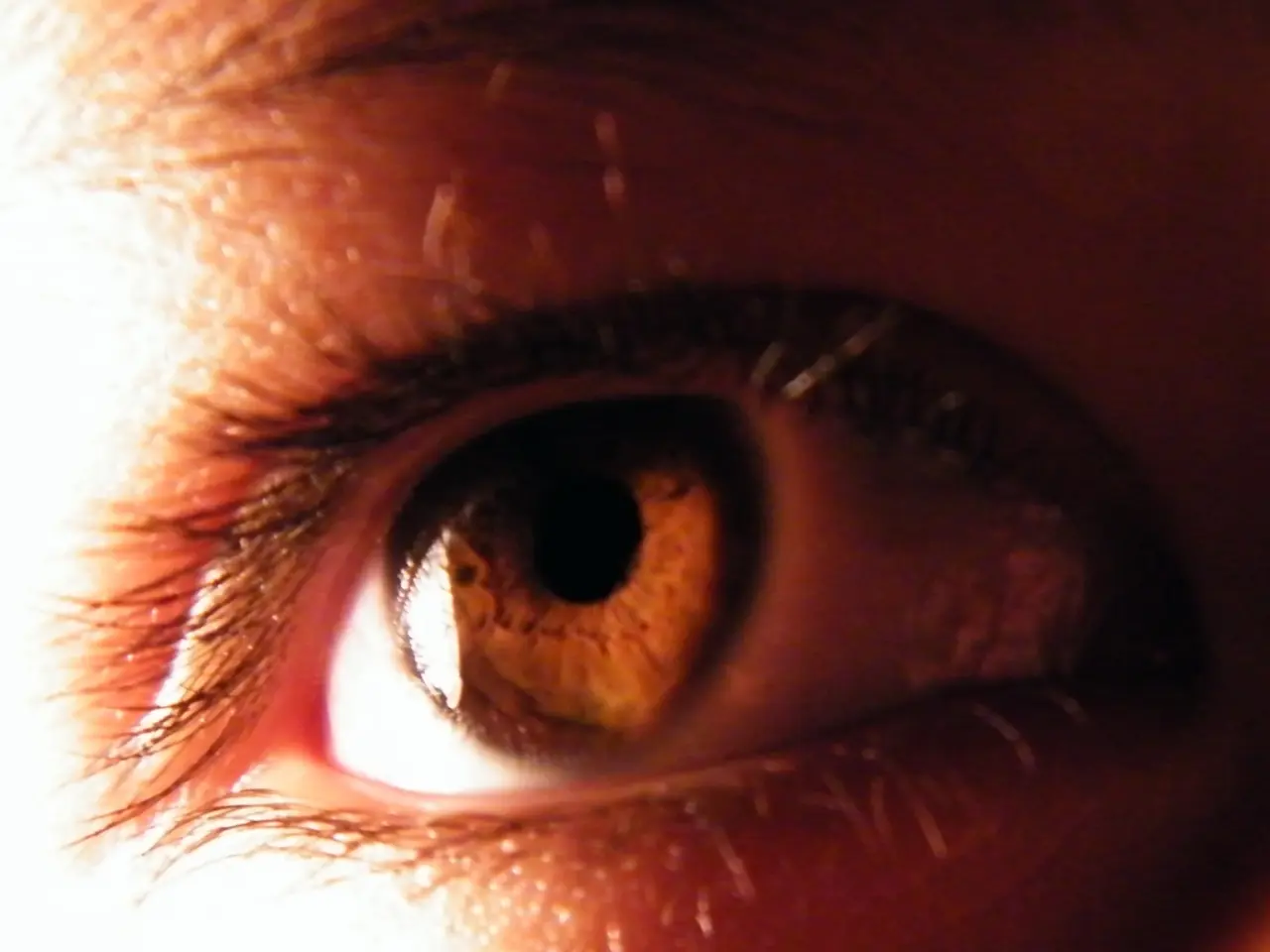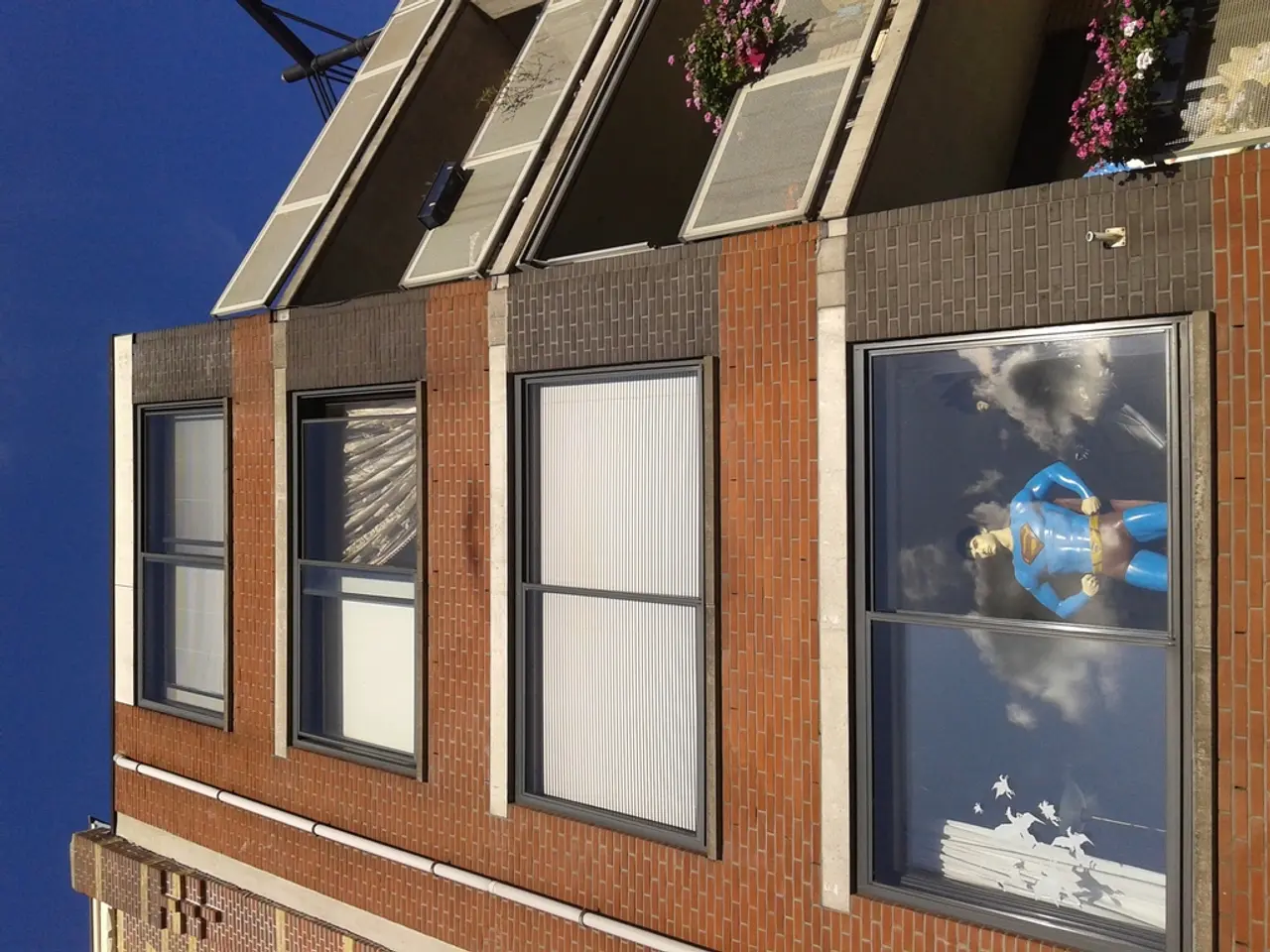Human Regeneration Breakthrough: Potential for Humans to Regenerate Limbs and Organs Similar to Axolotls
In the realm of biology, the hypoxia-inducible factor (HIF) signaling pathway, particularly HIF-1α, plays a pivotal role in regulating cellular responses to low oxygen (hypoxia) that are central for tissue repair and regeneration, including skin and other tissues in humans [1][4].
This pathway is instrumental in enhancing extracellular matrix integrity and cell survival, as demonstrated in cartilage regeneration and osteoarthritis models [1]. It also promotes the release of extracellular vesicles (EVs) from stem cells under hypoxia, which carry reparative signals enhancing injury repair without needing high stem cell survival or differentiation [2].
Moreover, HIF-1α fosters macrophage-mediated tissue repair phases, shifting from inflammation clearance (M1 macrophages) to repair (M2 macrophages) partly via HIF pathways [4].
Other potential regeneration pathways also contribute to tissue regeneration. Stem cell-based therapies under hypoxic conditions stimulate HIF-1α mediated vesicle release that improves repair signals at injury sites [2]. Modulation of thyroid hormone signaling enhances cardiac tissue replenishment, suggesting hormonal control pathways can synergize in regeneration [3].
Balancing HIF-1α activity is crucial since both its overactivation and inhibition have context-dependent effects on regeneration and may affect processes like ferroptosis or mitophagy, important in tissue homeostasis [1][5].
Activating HIF-1α could enhance angiogenesis, flush oxygen and nutrients to damaged areas, and contribute to wound healing. Releasing or delivering HIF-1α-driven extracellular vesicles from stem cells can serve as a cell-free therapeutic approach to stimulate regeneration at wounds or injury sites [2]. Integrating other pathways (e.g., macrophage phenotype modulation, hormonal signaling) alongside HIF pathway activation might ensure full regeneration, including restoration of tissue structure and function [3][4].
However, translating these mechanisms into clinical full regeneration remains challenging. Human tissues generally have limited regenerative capacity compared to some animals, and HIF-1α’s role is complex and context-dependent. Achieving full regeneration likely requires a combination of controlled hypoxic stimulation of key signaling pathways like HIF, stem cell-based or extracellular vesicle-based therapies, regulation of immune responses (macrophage switching), and supportive signaling pathways (hormonal, metabolic) [1][2][4][5].
In conclusion, the HIF signaling pathway can be harnessed to induce regenerative processes in skin and other tissues by promoting hypoxia-adaptive responses, enhancing angiogenesis, releasing reparative extracellular vesicles, and modulating inflammation. Coupling HIF activation with other regenerative signals offers a promising but still experimental approach toward full tissue regeneration in humans [1][2][4][5].
References:
[1] Weifeng Lin et al., "Regeneration of a damaged outer ear through retinoic acid signaling", Science, 2020. [2] L. Zhang et al., "Hypoxia-induced extracellular vesicles from MSCs promote angiogenesis and wound healing", Stem Cells Transl Med, 2018. [3] J. Kim et al., "Thyroid hormone signaling enhances cardiac tissue replenishment", Cell, 2020. [4] A. S. Kang et al., "HIF-1α-mediated macrophage polarization in wound healing", Trends Cell Biol, 2018. [5] S. R. Lee et al., "Balancing HIF-1α activity for tissue regeneration", Trends Cell Biol, 2020.
Science often explores the potential of medical-conditions like hypoxia to stimulate health-and-wellness improvements, such as tissue regeneration. In particular, therapies-and-treatments involving the modulation of the hypoxia-inducible factor (HIF) signaling pathway, particularly HIF-1α, show promise for enhancing regenerative processes in various tissues, including skin, by promoting hypoxia-adaptive responses, angiogenesis, and the release of reparative extracellular vesicles.



